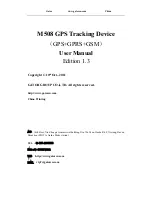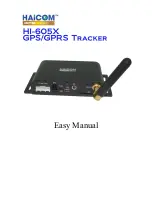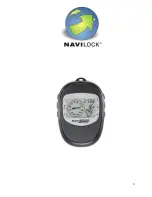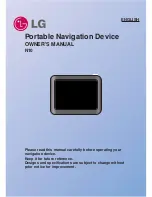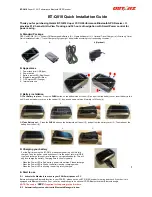
88
iQue 3600a Que Applications Guide
Learning about GPS
The Global Positioning System (GPS) is a satellite-
based navigation system made up of a network of
24 satellites placed into orbit by the United States
Department of Defense.
GPS was originally intended for military applications,
but in the 1980s, the government made the system
available for civilian use. GPS works in any weather
conditions, anywhere in the world, 24 hours a day.
There are no subscription fees or setup charges to use
GPS. For more information refer to the Garmin Web
site at
www.garmin.com
and also read the
GPS Guide
for Beginners
, which can be found on the Web site at
http://www.garmin.com/aboutGPS/manual.html
.
Common GPS Terms
Initialize
—the first time a GPS receiver orients itself
to its current location and collects data. After the
receiver is initialized, it remembers its location and
acquires a position more quickly.
Position
—an exact, unique location based on
geographic coordinates (Latitude and Longitude).
Route
—a group of waypoints entered into the GPS
receiver in the sequence you desire to navigate them.
Waypoint
—a location you store in your GPS. It may
be a checkpoint on a route or a significant ground
feature, such as your campsite or favorite fishing spot.
What is Differential GPS (DGPS)?
The United States and Canadian governments (among
others) have set up Differential GPS (DGPS) stations
to transmit correction signals. They are operational in
coastal areas and on many navigable river systems.
The DGPS system is available for use without a fee,
but you do need additional equipment to receive
DGPS signals; a beacon receiver compatible with the
RTCM format sentences supported by your Garmin
GPS is needed to use DGPS.
Refer to the United States Coast Guard’s Web site
(
http://www.navcen.uscg.gov/
) for locations and
status of the differential stations.
A
PPENDIX
>
L
EARNING
ABOUT
GPS
Содержание iQue 3600a
Страница 1: ...iQue 3600a integrated handheld Que applications guide...
Страница 113: ......
































